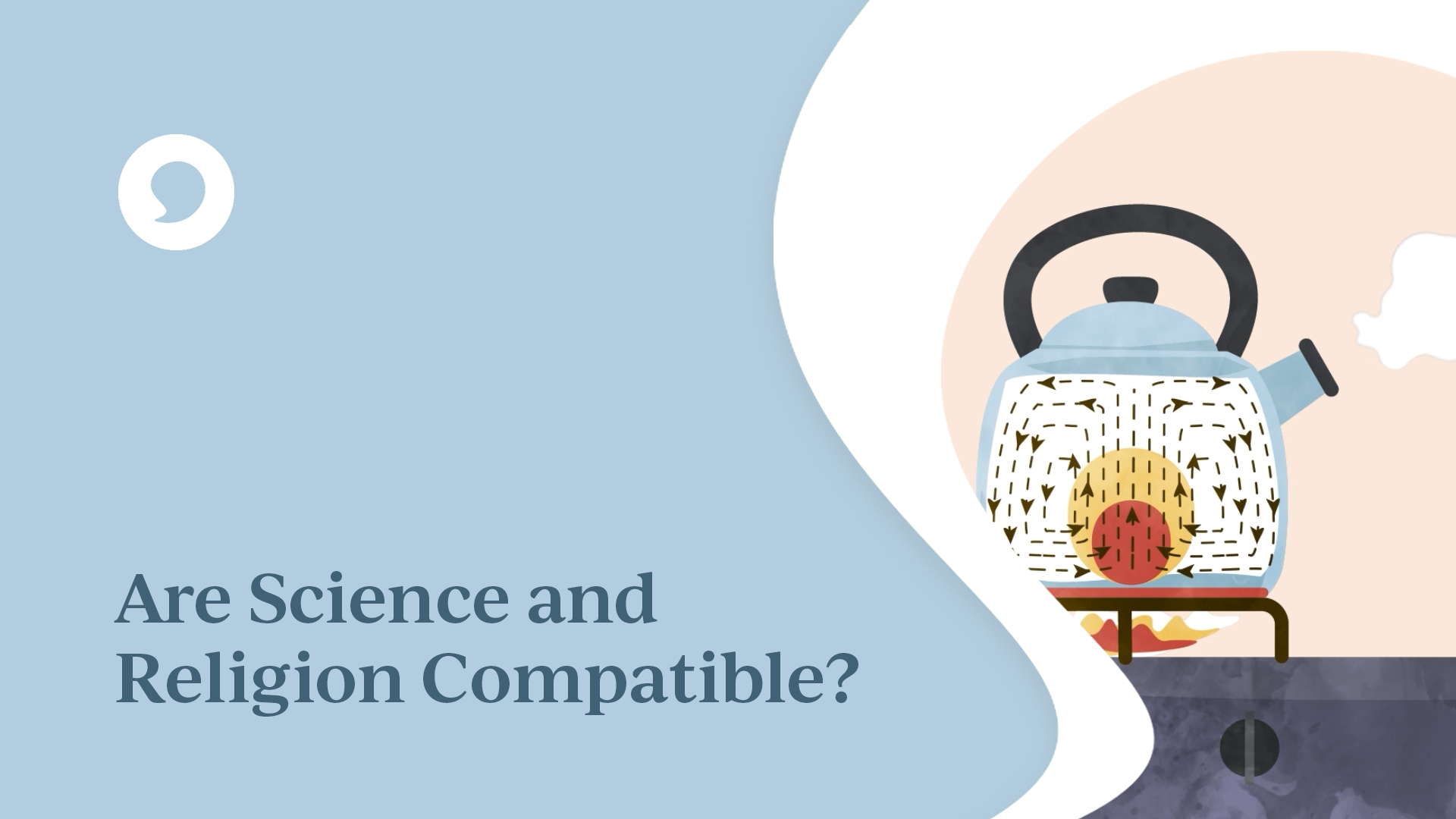You’re in a conversation and someone says, “We must do anything and everything to stop climate change.”
What would you say?
In the last video, we discussed two questions that can help us really understand the current situation about climate change: What it means that the earth is warming, and whether or not the warming trends are the result of CO2 emissions.
Once we understand the issue of climate change, we need to understand what solutions are being proposed.
So the next time you’re in a conversation about climate change, remember to ask these two questions:
1. Is climate change bad? Many people assume that increasing CO2 levels in the atmosphere is objectively bad, but that may not be the case.
2. Would the proposed solutions make a difference? If even our unrealistic goals of decreasing CO2 emissions wouldn’t significantly help, perhaps we should look for other ways to care for the environment.
You’re in a conversation and someone says, “We must do anything and everything to stop climate change.” What would you say? In the last video, we discussed two questions that can help us really understand the current situation about climate change: What it means that the earth is warming, and whether or not the warming trends are the result of CO2 emissions. Once we understand the issue of climate change, we need to understand what solutions are being proposed. Here are two questions to ask: First we need to know: Is climate change bad? The fear over climate change is based on the assumption that the earth is already above its optimum temperature. But we don’t know what the earth’s optimum temperature is. For all we know, the optimum could be even higher than where it is now. If so, then a little warming would be good. But what about all those warnings of quickly rising sea levels, stronger and more frequent hurricanes, mass starvation, a spike in insect-borne diseases, drought, and more? Actually, those are predictions about what warming could lead to. So far, none of these doomsday scenarios have happened. For examples, sea levels aren’t rising any faster than they have been for hundreds of years. And we’re not getting more, or more intense, hurricanes now than in the past – just more news. Remember too, that as CO2 levels in the atmosphere have gone up, we’ve achieved the highest standard of living in history. This is good news. Even though the quality of life on earth is better in some places than others, it’s better everywhere than it was in centuries past. In fact, the more developed a nation’s economy is, the more it can focus on caring for the environment. So, development may not be the chief threat to the environment; it may be its chief solution. Besides, it’s not clear that increased CO2 in the atmosphere is a bad thing. Over the last couple decades, as carbon dioxide levels have gone up, so has the so-called Leaf Area Index. In other words, the planet has gotten so much greener that satellites can detect it from space. This should be no surprise. After all, carbon dioxide is plant food. While temperature change can improve certain things, it can also cause certain problems. Greenland, for instance, was once much greener. Almost any change in global temperature is going to involve trade-offs. That reminds us that human beings have only a little control over the climate, for good or for ill. Which leads to the second question. Would the proposed solutions help? The climate is complex, and we know that many things affect it. For example, earth’s orbit is wobbly and its path around the sun does not remain constant. The sun itself both dims and brightens. These factors are all outside of our control, and they all affect the climate. But even if we knew we were the sole cause of the current warming trend, do we know what the right response would be? By signing a UN treaty called the Kyoto Protocol, countries agreed to reduce their CO2 emissions to levels about 5% below what they were in 1990. The United States received a great deal of criticism for not signing this treaty. But we came closer to complying with it than most if not all of the countries that actually signed it. The plan just wasn’t politically feasible. And even if it were, the U.N.’s own economists stated that full compliance with the Kyoto protocol would have only slowed the predicted rise in the global temperature by .05 degrees Celsius. And yet it would have cost between $10 and $50 Trillion. On the other hand, the dramatic change in economic activity related to the coronavirus will, by most estimates, reduce CO2 emissions by 5% in 2020 alone. This is the largest annual reduction on record. Even so, it falls short of the 7.6% reduction called for in the Paris Climate Accord, which replaced Kyoto in 2016, and would be at least as costly and impotent. If even a global economic shutdown can’t meet these UN emissions goals, are those goals realistic? In discussions about climate change, we should be able to agree on a lot. We want a clean environment. But we must understand the problem and we must understand the solutions that are being proposed. So the next time you’re in a conversation about climate change, remember to ask these two questions: 1. Is climate change bad? Many people assume that increasing CO2 levels in the atmosphere is objectively bad, but that may not be the case. 2. Would the proposed solutions make a difference? If even our unrealistic goals of decreasing CO2 emissions wouldn’t significantly help, perhaps we should look for other ways to care for the environment.
For more on Coronavirus leading to 5% reduction in carbon emissions in 2020, see: https://www.scientificamerican.com/article/why-co2-isnt-falling-more-during-a-global-lockdown/
For more on the Paris Climate Accord calling for 7.6% reduction in carbon emissions, see: https://www.unenvironment.org/news-and-stories/press-release/cut-global-emissions-76-percent-every-year-next-decade-meet-15degc
For more on attempts to restrict carbon emissions by fiat, see: the compilation Global Crises, Global Solution, ed. Bjørn Lomborg (Cambridge: Cambridge Univ. Press, 2004).
For more on how humanity is healthier than it’s ever been, and our environment is cleaner than it has been in the recent past, see: Bjørn Lomborg, The Skeptical Environmentalist: Measuring the Real State of the World (Cambridge: Cambridge Univ. Press, 2001), 3–33.
For more on how global environmental catastrophes based on current trends have proved false, see: Julian L. Simon, The Ultimate Resource 2 (Princeton, NJ: Princeton Univ. Press, 1996), 233–73.




